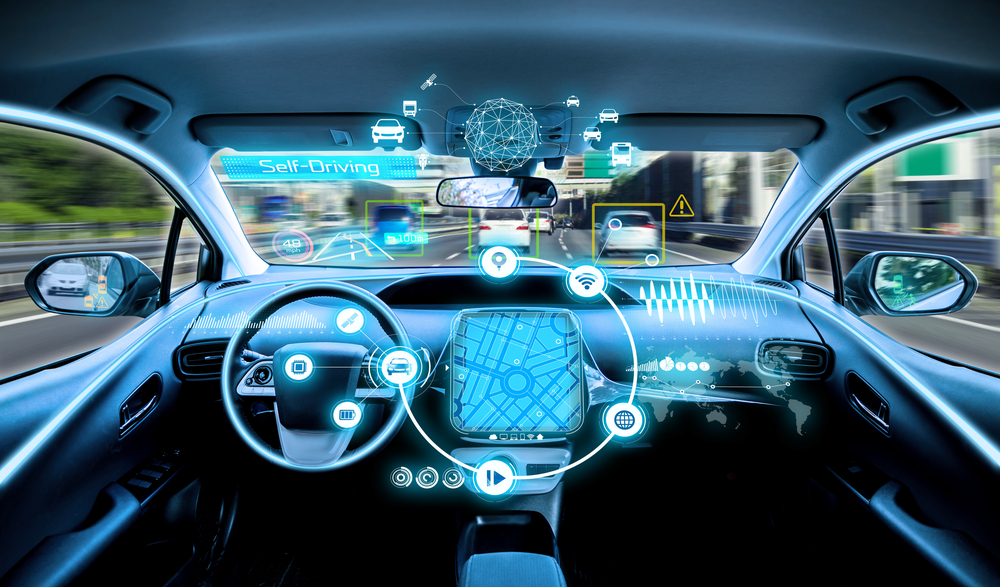
Cambridge-headquartered chip designer Arm has announced availability of a new processor developed specifically to improve safety features in autonomous vehicles.
Arm Cortex-A76AE, the “world’s first autonomous-class processor”, contains a new CPU designed for autonomous applications and is optimised for 7nm process nodes.
Softbank-owned Arm has combined the 64-bit Cortex-A76 – developed for AI and used for mobility devices such as smartphone and laptops — with features such as Split-Lock technology to create the “automotive enhanced” A76AE.
“Cortex-A76AE and our future AE processors are a direct result of our constant discussions with car makers who of course want higher performance and efficiency but want to see chip makers prioritise innovating for safety and ensuring their processors include the latest functional safety standards and certifications,” said president of IP group Rene Haas in a blog post.
“Arm’s AE processors will be the most safety-critical products we can and will design. AE processors will go through a rigorous functional safety process and include safety innovations like dual-core lock-step to ensure redundancy in our CPU cores.”
The Split-Lock feature is being made available for the first time in application processors. Split-Lock means that CPU clusters in an system-on-chip (SoC) can be configured in two modes.
Why is Split-Lock important?
Split mode, or “performance mode” uses the CPUs for diverse tasks and applications. Cores in a processor cluster run independently in split mode. Lock mode, meanwhile creates pairs of locked CPUs in a cluster for higher safety applications.
“In lock-mode, the Cortex-A76AE is able to lock up to two pairs of cores in a single cluster, achieving higher safety levels than with dual core lock-step,” Arm told Computer Business Review.
“In the case of a permanent error on one of the CPUs in lock-step, the Cortex-A76AE is able to reconfigure into ‘split for availability’. This means you can then use the one remaining, working core to get your vehicle to safer place/drive slower so that you can figure out what the issue is.”
Arm said the power efficiency of the Cortex-A76AE will allow car makers to design their autonomous cars to run on watts rather than kilowatts, bringing down costs for consumers and providing more energy-efficient cars.
ARM Heralds ‘New Roadmap’ for Automotive Processors
Arm called Cortex-A76AE the first in a roadmap of automotive enhanced processors, with the “Helios AE” and “Hercules-AE” to follow, details on which were scarce other than being optimised for 7nm.
Arm also introduced new AE system IP for designing autonomous class SoC, which support Split-Lock and functional safety designed into the new Coretx-A76AE.
Also announced was the Arm Safety Ready program, a “one-stop shop” for software and tools to reduce costs for Arm partners and car makers when integrating safety into their autonomous applications.
ARM said developers working towards level 5 autonomy – fully autonomous vehicles – have developed prototypes “based on power-hungry, expensive data centre CPUs” that lack basic safety features.

Lakshmi Mandyam, vice president of Arm’s automotive business stressed a focus on safety the company’s post, titled “Without safety, there is no autonomous driving”.
“Safety is the highest priority for car makers we talk with, for both the obvious technology factors associated with autonomous systems controlling all aspects of driving, but also to ensure that human passengers can trust their automated driver,” she said.
“If consumers don’t trust the autonomous systems in their cars are safe, then mass market acceptance of this technology will be slow to happen.”
Last month, Arm launched the IoT platform Pelion, described as a “triple-A IoT experience” designed to manage any number of devices and connectivity and linking to any cloud.
It followed its acquisition of privately held Treasure Data for an estimated $600 million.
Haas added that he looks at the car as “the world’s most sophisticated IoT endpoint”.






